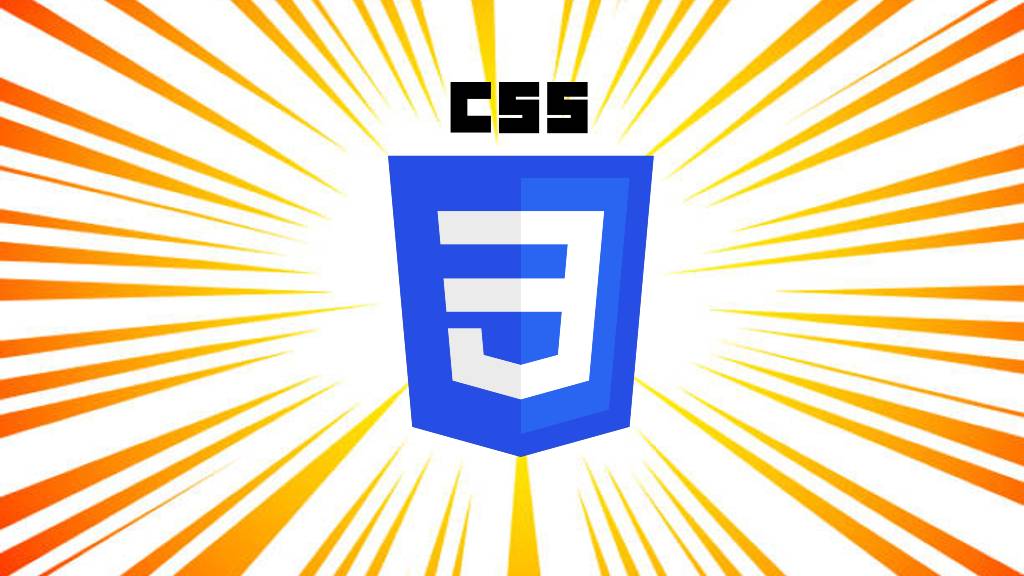An Introduction to CSS Animations

Author: Baden
June 28, 2023
Introduction
Animations in CSS allow you to bring your web pages to life by adding movement
and visual effects.
They
can
enhance the user experience, provide visual feedback, and create engaging interactions. With CSS
animations,
you can make your website more dynamic and captivating.
How to Create CSS Animations
CSS animations are created using the `@keyframes` rule and the `animation`
property. The `@keyframes`
rule
allows you to define keyframes, which are the intermediate stages of an animation, and the `animation`
property applies the animation to an element.
Let's take a look at a simple fade-in and fade-out animation as an example:
/* Define the animation */
@keyframes fade-in-out {
0% {
opacity: 0;
}
50% {
opacity: 1;
}
100% {
opacity: 0;
}
/* Apply the animation to an element */
.fade-in-out-element {
animation: fade-in-out 2s ease-in-out infinite;
}
}
Example usage:
Types of CSS Animations
CSS animations can be categorized into different types based on the effects they
produce. Here are a few
commonly used types:
1. Transitions
Transitions allow you to smoothly change the property values of an element over a
specified duration.
They
are commonly used for hover effects or gradual transformations. In the following example, we create a
transition animation that increases the width of a box when hovered over:
/* Example of a transition animation */
.box {
width: 100px;
height: 100px;
background-color: blue;
transition: width 1s ease-in-out;
}
.box:hover {
width: 200px;
}
Example usage: (Hover or tap)
2. Transformations
Transformations allow you to modify the appearance and position of an element.
They include operations
like
scaling, rotating, translating, and skewing. In this example, we create a transformation animation that
rotates a red square by 45 degrees on hover:
/* Example of a transformation animation */
.rotate {
width: 100px;
height: 100px;
background-color: red;
transition: transform 1s ease-in-out;
}
.rotate:hover {
transform: rotate(45deg);
}
Example usage: (Hover or tap)
3. Keyframe Animations
Keyframe animations provide precise control over each step of an animation. You
can define keyframes at
specific percentages of the animation duration and specify different property values for each keyframe.
This
allows you to create complex and customized animations. Here's an example of a keyframe animation called
"bounce" that continuously moves an element up and down:
/* Example of a keyframe animation */
@keyframes bounce {
0% {
transform: translateY(0);
}
50% {
transform: translateY(-50px);
}
100% {
transform: translateY(0);
}
}
.bounce-element {
animation: bounce 2s ease-in-out infinite;
width: 100px;
height: 100px;
background-color: yellow;
}
Example usage:
Conclusion
CSS animations are a powerful tool for adding visual appeal and interactivity to
your web pages. By
leveraging transitions, transformations, and keyframe animations, you can create engaging and dynamic
effects that enhance the user experience. Experiment with different properties, durations, and timing
functions to achieve the desired animation effects. With CSS animations, you have the ability to bring
your
website to life and make it more immersive and captivating.
